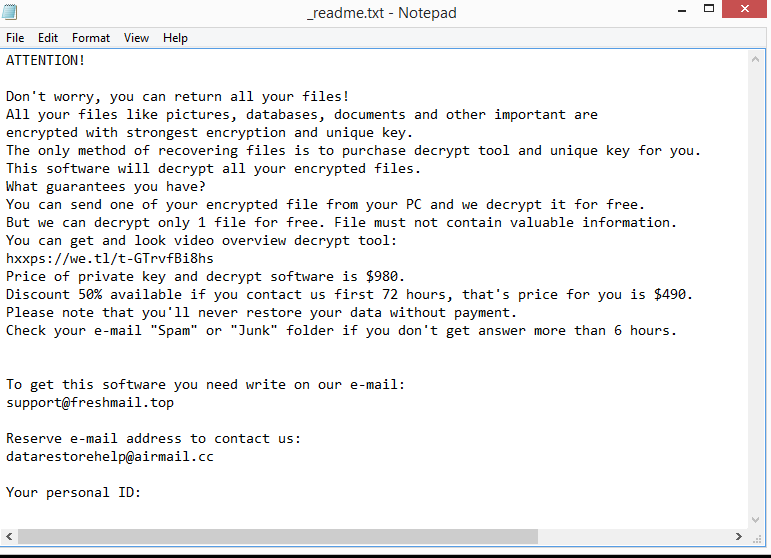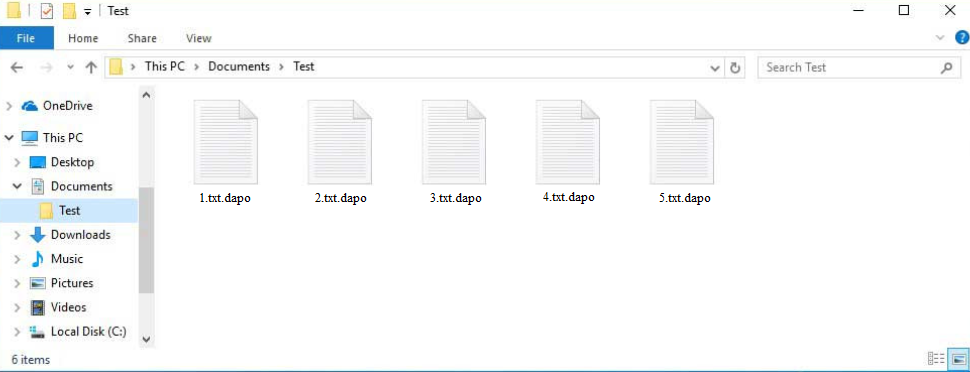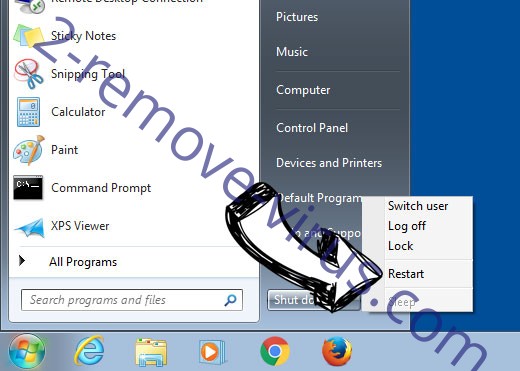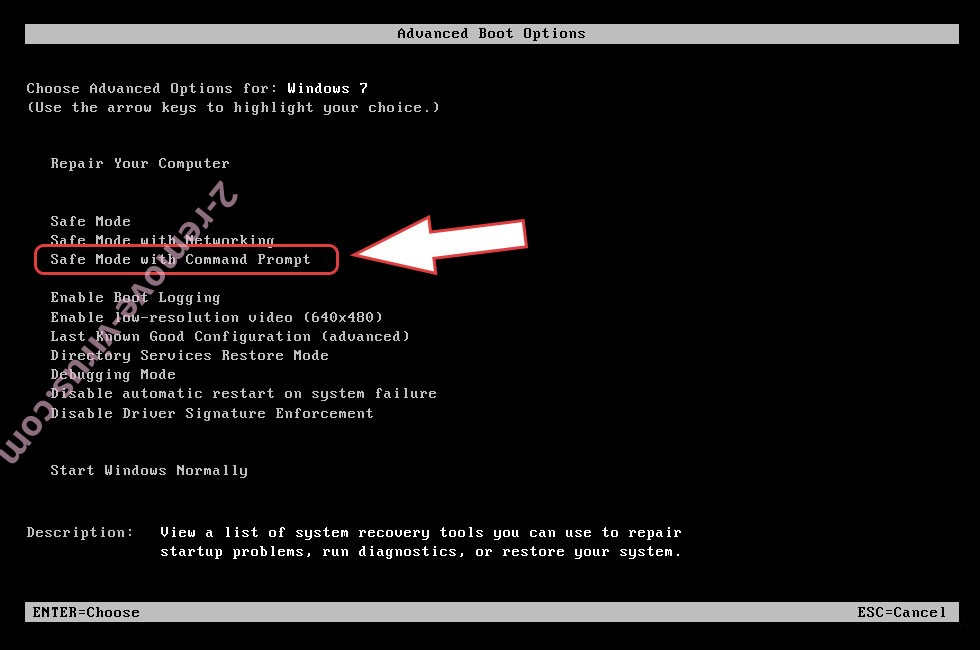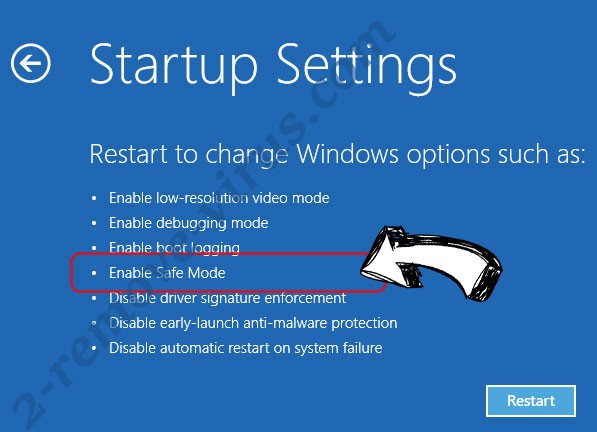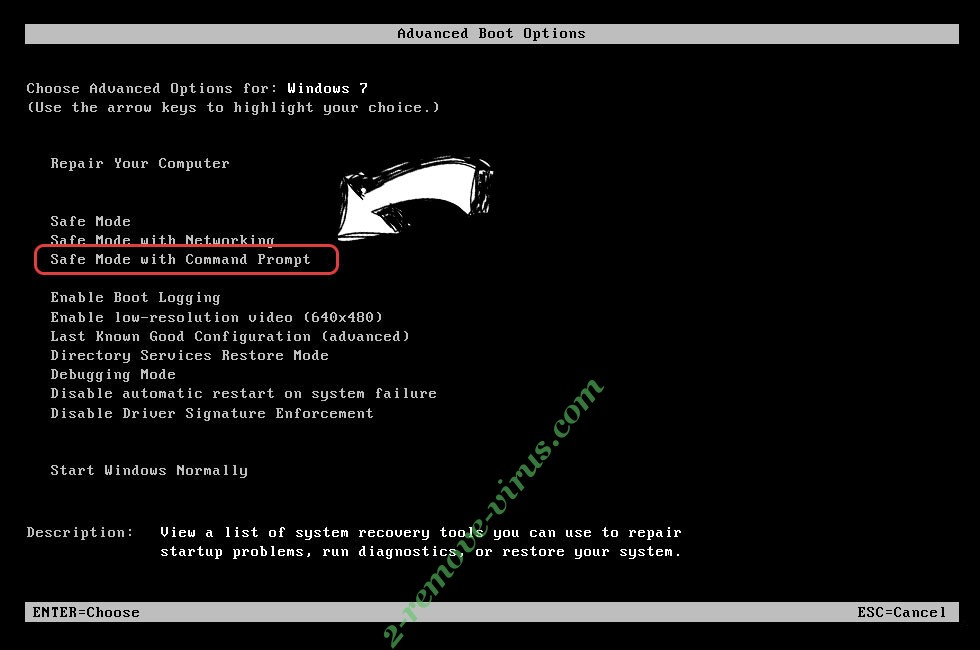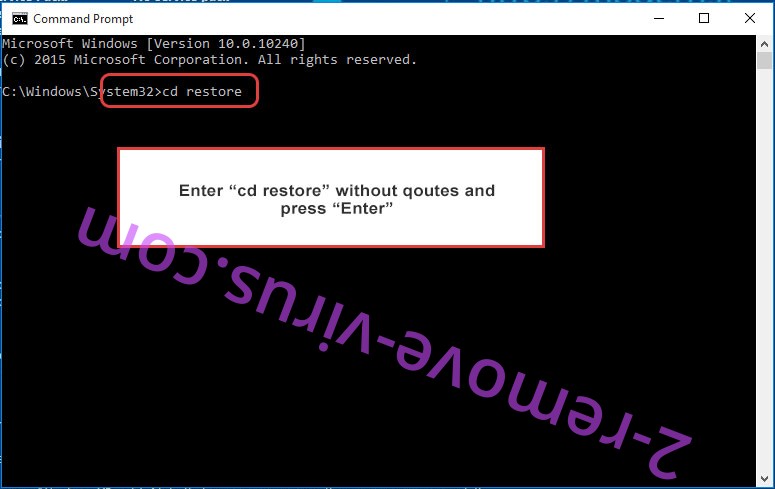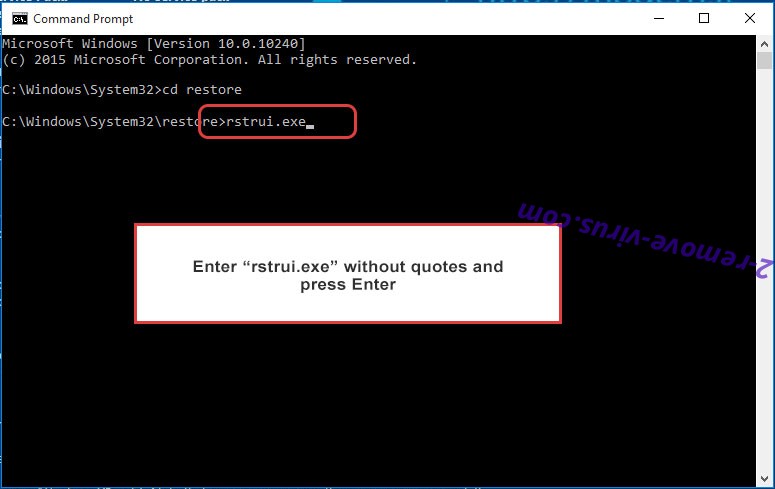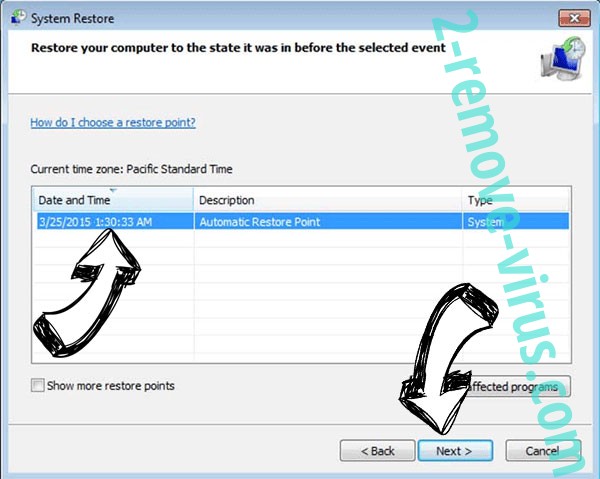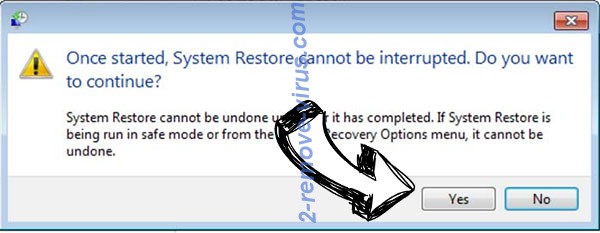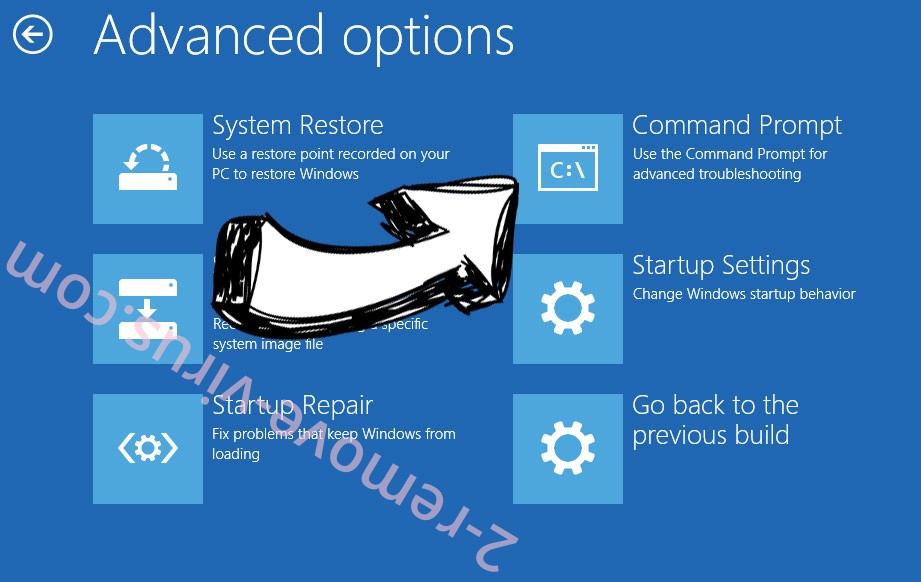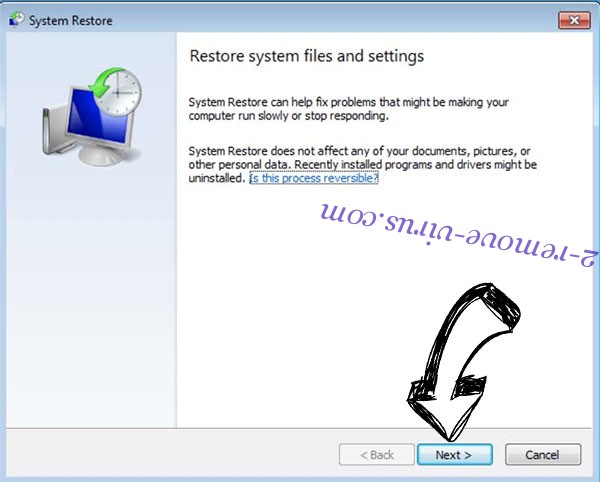Your computer has been infected with Dapo ransomware if your personal files suddenly have the .dapo extension added to them. It is a member of the Djvu/STOP ransomware family, a group of malicious infections that encrypt files. Dapo ransomware is a very serious malicious infection because if files are encrypted, recovering them will not necessarily be possible. The malware operators will try to sell the decryptor for $980 but paying the ransom is not a good idea, mainly because it does not necessarily lead to file decryption. Those with backups should have no trouble restoring their files, however,
There are hundreds of variations of the Djvu/STOP ransomware, with Dapo ransomware being one of the most recent ones. At least a couple of new versions are released every week. The extensions that the versions add to encrypted files can be used to distinguish them. Dapo ransomware adds .dapo. Therefore, if a text.txt file were to be encrypted, it would become text.txt.dapo. Any personal files, including photos, videos, documents, and other files that people frequently hold important will be targeted by the ransomware. Although the encryption process does not take long, the ransomware displays a fake Windows update pop-up window to divert victims’ attention until it’s finished.
When the ransomware has finished encrypting your files, a _readme.txt ransom note will be dropped in each folder that has encrypted files. Despite being quite generic, the note does explain how victims can recover files. Unfortunately, to recover files, users would need to purchase a decryptor that currently costs $980. The note also mentions that users who make contact within the first 72 hours will receive a 50% discount, but whether that is actually true is debatable.
The contact email addresses for the malware operators are support@freshmail.top and datarestorehelp@airmail.cc but it is generally not recommended to interact in any way with ransomware operators. There is no certainty that you will actually get the decryptor if you pay because there is nothing to force malicious actors to help you. Many ransomware victims have paid the demanded ransom but have received nothing in return. So while paying is your decision, you need to be aware of the risks.
If you have backups of your files, you can start file recovery as soon as you remove Dapo ransomware from your computer. You must make sure that the ransomware is completely removed from your computer before connecting to your backup because if it’s still present, your backed-up files would become encrypted. And if that happened, the files would be lost forever. Therefore, anti-virus software should be used to remove Dapo ransomware.
If you don’t have a backup and don’t want to pay the ransom, you’ll have to wait until a free Dapo ransomware decryptor is made available. At the moment, there is no free decryptor but one might be released sometime in the future. Back up your encrypted files if you’re out of options, and periodically check NoMoreRansom for a free Dapo ransomware decryptor. If you can’t find it on NoMoreRansom, you won’t find it anywhere else.
How did ransomware enter your computer?
Malicious actors use a range of techniques to distribute malware, including email attachments and torrents. So users with bad browsing habits are much more likely to pick up malware because they engage in more risky behavior. Developing better habits can go a long way toward preventing infections.
If you frequently open unsolicited email attachments without double-checking them, you face a considerably higher chance of infecting your computer with malware. Cybercriminals buy email addresses from hacker forums, write a piece of text to convince recipients to open an attachment, and attach a malicious file to the email. When users open these malicious files, they end up infecting their computers with malware. But what usually gives away malicious emails is the grammar/spelling mistakes. Senders pretend to be from legitimate companies and claim that the attached files are important documents but the emails are full of grammar/spelling mistakes. You will very rarely see obvious mistakes in legitimate emails because they look unprofessional, so they are an immediate giveaway.
Malicious senders usually claim that recipients use their services but they address users using words like User, Customer, Member, etc., which immediately gives away the emails as malicious. Legitimate emails from legitimate companies will address recipients by name because it makes the emails more personal. But malicious actors do not have access to personal information and target users on a large scale so they use generic words.
It’s also important to remember that occasional malicious emails might be more sophisticated. So to avoid opening something malicious, always scan unsolicited email attachments with anti-virus software or VirusTotal before opening them.
Furthermore, malicious actors distribute malware through torrents. It is common knowledge that torrent sites are full of malware because they are so ineffectively moderated. A malicious torrent can stay up for a while, infecting loads of users. Malware is particularly common in torrents for movies, TV series, and video games. Using torrents to download copyrighted content is not only theft but also dangerous.
Dapo ransomware removal
Dapo ransomware is an extremely sophisticated malware infection, hence it is not recommended to try manual removal. If you don’t know exactly what to do, you can accidentally cause more damage. If you try to remove Dapo ransomware manually, you might not fully get rid of it, which could later allow it to recover it. If that happened when you were connected to your backup, those backed-up files would become encrypted as well.
If you don’t have a backup, your only option would be to wait for a free Dapo ransomware decryptor to be released. Though there is no free Dapo ransomware decryptor available at the moment, you should back up encrypted files and keep them safe while you wait. Keep in mind that there are many fake decryptors so you need to be very careful. If you cannot find a Dapo ransomware decryptor on NoMoreRansom, you won’t find it anywhere else, especially not on a questionable forum.
Dapo ransomware is detected as:
- Win32:TrojanX-gen [Trj] by Avast/AVG
- Gen:Variant.Mikey.145669 by BitDefender
- Trojan:Win32/Sabsik.FL.B!ml by Microsoft
- VHO:Trojan-Ransom.Win32.Convagent.gen by Kaspersk
- Gen:Variant.Mikey.145669 (B) by Emsisoft
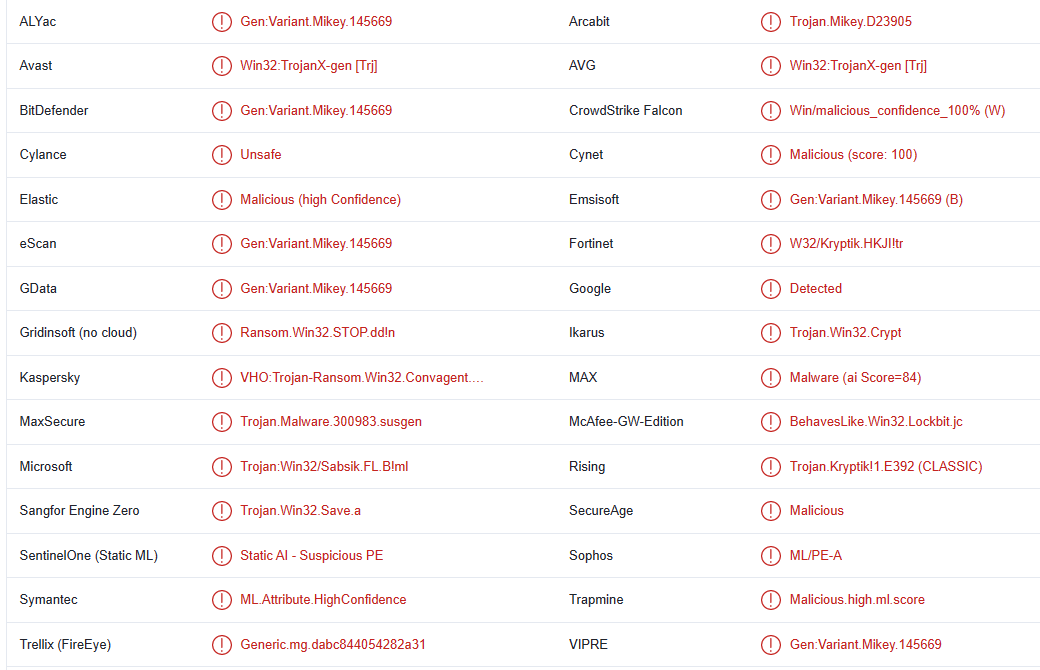
Quick Menu
Step 1. Delete Dapo ransomware using Safe Mode with Networking.
Remove Dapo ransomware from Windows 7/Windows Vista/Windows XP
- Click on Start and select Shutdown.
- Choose Restart and click OK.

- Start tapping F8 when your PC starts loading.
- Under Advanced Boot Options, choose Safe Mode with Networking.

- Open your browser and download the anti-malware utility.
- Use the utility to remove Dapo ransomware
Remove Dapo ransomware from Windows 8/Windows 10
- On the Windows login screen, press the Power button.
- Tap and hold Shift and select Restart.

- Go to Troubleshoot → Advanced options → Start Settings.
- Choose Enable Safe Mode or Safe Mode with Networking under Startup Settings.

- Click Restart.
- Open your web browser and download the malware remover.
- Use the software to delete Dapo ransomware
Step 2. Restore Your Files using System Restore
Delete Dapo ransomware from Windows 7/Windows Vista/Windows XP
- Click Start and choose Shutdown.
- Select Restart and OK

- When your PC starts loading, press F8 repeatedly to open Advanced Boot Options
- Choose Command Prompt from the list.

- Type in cd restore and tap Enter.

- Type in rstrui.exe and press Enter.

- Click Next in the new window and select the restore point prior to the infection.

- Click Next again and click Yes to begin the system restore.

Delete Dapo ransomware from Windows 8/Windows 10
- Click the Power button on the Windows login screen.
- Press and hold Shift and click Restart.

- Choose Troubleshoot and go to Advanced options.
- Select Command Prompt and click Restart.

- In Command Prompt, input cd restore and tap Enter.

- Type in rstrui.exe and tap Enter again.

- Click Next in the new System Restore window.

- Choose the restore point prior to the infection.

- Click Next and then click Yes to restore your system.

Offers
Download Removal Toolto scan for Dapo ransomwareUse our recommended removal tool to scan for Dapo ransomware. Trial version of provides detection of computer threats like Dapo ransomware and assists in its removal for FREE. You can delete detected registry entries, files and processes yourself or purchase a full version.
More information about SpyWarrior and Uninstall Instructions. Please review SpyWarrior EULA and Privacy Policy. SpyWarrior scanner is free. If it detects a malware, purchase its full version to remove it.

WiperSoft Review Details WiperSoft (www.wipersoft.com) is a security tool that provides real-time security from potential threats. Nowadays, many users tend to download free software from the Intern ...
Download|more


Is MacKeeper a virus? MacKeeper is not a virus, nor is it a scam. While there are various opinions about the program on the Internet, a lot of the people who so notoriously hate the program have neve ...
Download|more


While the creators of MalwareBytes anti-malware have not been in this business for long time, they make up for it with their enthusiastic approach. Statistic from such websites like CNET shows that th ...
Download|more
Site Disclaimer
2-remove-virus.com is not sponsored, owned, affiliated, or linked to malware developers or distributors that are referenced in this article. The article does not promote or endorse any type of malware. We aim at providing useful information that will help computer users to detect and eliminate the unwanted malicious programs from their computers. This can be done manually by following the instructions presented in the article or automatically by implementing the suggested anti-malware tools.
The article is only meant to be used for educational purposes. If you follow the instructions given in the article, you agree to be contracted by the disclaimer. We do not guarantee that the artcile will present you with a solution that removes the malign threats completely. Malware changes constantly, which is why, in some cases, it may be difficult to clean the computer fully by using only the manual removal instructions.
